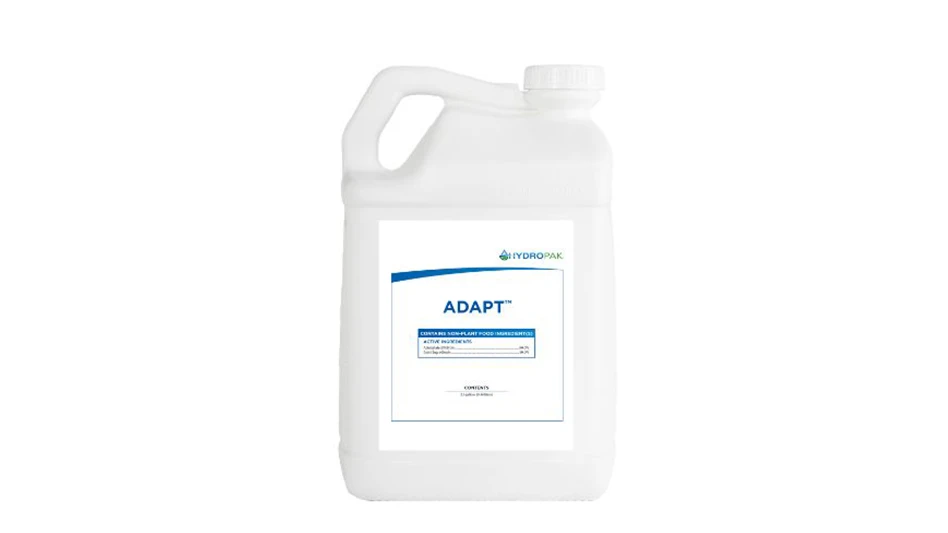
A few observations after spending 80 hours on Long Island …
Persistence pays
When time and schedules permit, I try to see a few courses outside a major championship venue. This journey to a golf-rich land for the PGA Championship started with a Sunday stop at Meadow Brook Club.
Dick Wilson, one of the more overlooked figures in golf course architecture history, designed a course for the club on a rolling piece of Jericho, N.Y., land following New York City power broker Robert Moses’s decision in the 1950s to route a parkway through the club’s previous site. The club sold a significant piece of property in the 1960s and Wilson’s partner, Joe Lee, designed six holes to pair with the remaining 12 holes.
Superintendent John Carlone has the architectural history memorized and uses a map in his office to explain the evolution of Meadow Brook. Along with architect Brian Silva and golf author and historian Bradley Klein, Carlone ushered the club through its most recent renovation in 2016-17. Their thorough work added intrigue and functionality to bunkers, softened doglegs and green slopes on select holes, and enhanced the practice facility.
Carlone is a golf enthusiast – “I don’t know how you can do this job and not play golf,” he says – in his 23rd year as Meadow Brook’s superintendent. Even on the soggiest of Sundays, he offered a high-energy tour of the course, explaining the history, maintenance and strategy behind holes. The renovation ensures Meadow Brook, a fabulous and challenging parkland-style course that can stretch to 7,400 yards, will remain competitive in an ultra-competitive private club market. More than a dozen clubs are inside 10 miles from Meadow Brook’s entrance.
A dean of the Long Island turf community, Carlone stays connected to happenings elsewhere and seven of his former employees are currently head superintendents. The connectivity helped Carlone understand why Meadow Brook needed a renovation and how to best execute the work. “Every single day, I talk to a Long Island superintendent,” he says. “It’s a very tight-knit community.”
Long Island lesson: Play golf and stay connected to what’s happening at neighboring facilities. The combination can help a superintendent strengthen a golf course for future generations.
Marvelous in May
New York State officials agreed in 2013 to host a PGA Championship at Bethpage State Park in August 2019. The PGA of America significantly altered the plan, announcing in 2017 it would be moving the championship to May beginning in 2019.
Led by director of agronomy Andy Wilson and Black Course superintendent Mike Hadley, the Bethpage turf team flawlessly handled the change. They adjusted programs, most notably the aerification schedules and native grass management, to provide terrific early-season conditions and aesthetics.
Instead of dwelling on potential pitfalls such as winter damage or cool temperatures stalling a spring green-up, they emphasized how May is a great time to putt on Poa annua greens in the Northeast. A mild winter increased optimism as the tournament approached, although Bethpage experienced a few 30-degree scares in late April. “To come out of the winter in great shape was a real wind at our backs,” Wilson says.
Balminess eluded Bethpage during PGA Championship week. The temperature was 42 degrees when the Monday maintenance shift commenced, 50 degrees cooler than the start of the 2018 PGA Championship week at Bellerive Country Club in St. Louis. But most agronomists agree wearing long sleeves and stocking hats in May beats dragging hoses in August.
Decisions made before this spring set the foundation for Bethpage presenting a robust Black Course to the world. The biggest agronomic concern entering the week was the hardiness of the rough, but dozens of above-par scores in the first two rounds proved the Black Course had abundant bite despite a damp start to the week.
“With the colder spring, we were sitting and waiting for the grass to grow,” Hadley says. “You get to a point where you can only throw so much fertilizer out. With everything we did and the way we did it, it might not be June rough, but it’s definitely challenging rough. It’s really not about what we did in the spring. It’s more about what we did in the fall leading up to it and what we did in previous years.”
Long Island lesson: Reinforce positives when the schedule changes and don’t cram for the big event.
Shinnecock Hills savvy
A few golf Goliaths exist on the opposite end of Long Island, so I escaped to the Hamptons to spend my final Long Island afternoon at Shinnecock Hills Golf Club. The terrain and people who maintain it are inspiring.
Not many turf managers will receive an opportunity to work at a founding USGA club and regular U.S. Open site. But every turf manager must keep an orderly maintenance facility and assemble a cohesive team.
From signage on the exterior urging proper visitor protocol to meticulously stacked laundry shelves, the maintenance facility exudes professionalism. The facility also exudes pride, evidenced by walls filled with annual team pictures, images of crew members using equipment, and flags of universities represented on superintendent Jon Jennings’s talented team. The facility resembles a Major League Baseball clubhouse – a clean gathering spot for people who must work together. Everything an employee needs to successfully perform an outside job is easy to find. The spectacular upkeep of the facility promotes camaraderie and creativity.
The maintenance facility rests on a prominent spot of a storied property. Visitors of all ilk pass it. Anybody who enters the building quickly realizes Shinnecock Hills is a place where employees are driven to provide a world-class experience.
Long Island lesson: Maintaining an organized workspace and taking team pictures boost professionalism, morale and productivity. Neither tactic requires a Hamptons-sized budget.
Guy Cipriano is GCI’s editor.
Latest from Golf Course Industry
- Envu Superintendent Grant Program sending 10 members to 2025 GCSAA show
- Editor’s notebook: Let’s chat about AI
- Wonderful Women of Golf 43: Melissa Gugliotti
- This month on Superintendent Radio Network: December 2024
- Mark Hollinger, ASGCA, dies at 70
- Tartan Talks 102: Chad Goetz
- Don’t fly by the seat of your pants
- Golf Construction Conversations: Reed Anderson





